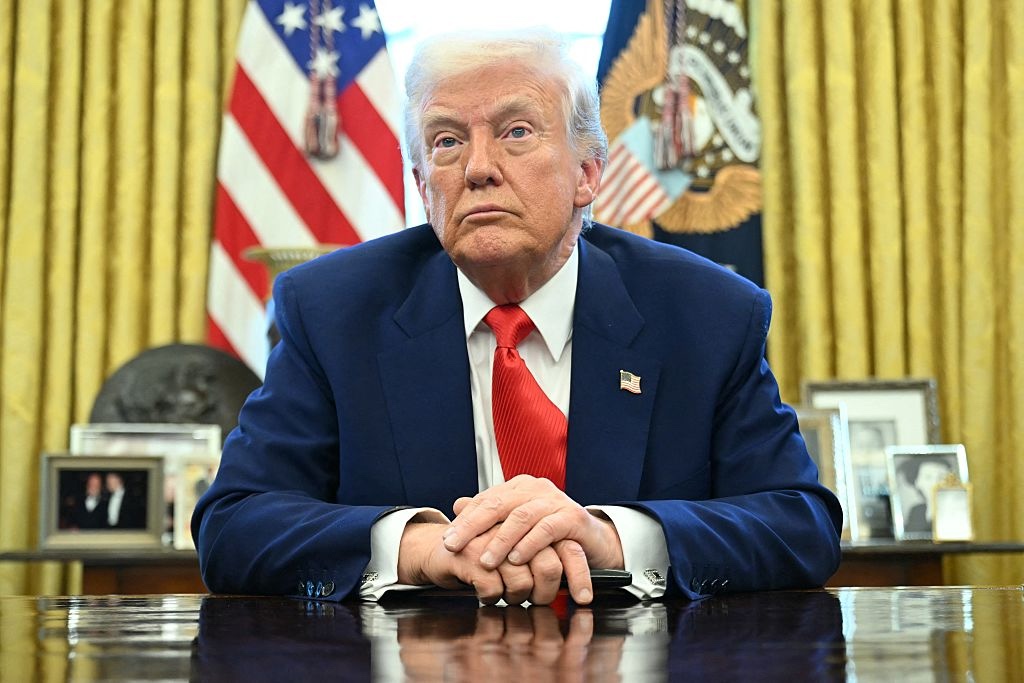President Donald Trump’s decision to pause reciprocal tariffs for ninety days has exposed vulnerabilities in the global dollar system. While most goods, including those from Canada and Mexico, faced a 10 percent base rate, trade with China saw tariffs rise to 145 percent. Despite temporary exemptions for China’s electronics sector, global trade remains significantly impacted.
The pressure on Trump’s tariff policy came not from domestic impacts but from the global Treasury market, a key pillar of U.S. power. Investors flock to ‘safe haven’ assets like U.S. government debt securities during crises. The largest and most sophisticated market for government debt is the U.S. bond market, which acts as the preferred safe asset globally due to the dollar’s dominance in trade invoicing and debt denomination.
Recently, there has been a dramatic rise in yields on the ten-year Treasury, reminiscent of the 2020 pandemic-induced market convulsion. This rise was partly due to the unwinding of the ‘basis trade,’ where investors bet on small price differences between Treasury securities and futures contracts. Japanese banks and pension funds were among the largest sellers, amplifying the sell-off.
The sell-off of Treasuries and unwinding of FX swaps contributed to an unexpected slide in the dollar’s value, contrary to typical crisis behavior. This could indicate a larger shift in attitude towards the U.S. economy, with concerns over protectionism and democratic backsliding affecting global perceptions. China, as the U.S.’s second-largest creditor, holds significant leverage in any potential standoff.
The decline in economic exceptionalism and U.S. hegemonic power raises questions about the future of the global financial system. A possible alternative could reduce reliance on U.S. capital markets and speculative gains from government debt securities.
— new from Jacobin
